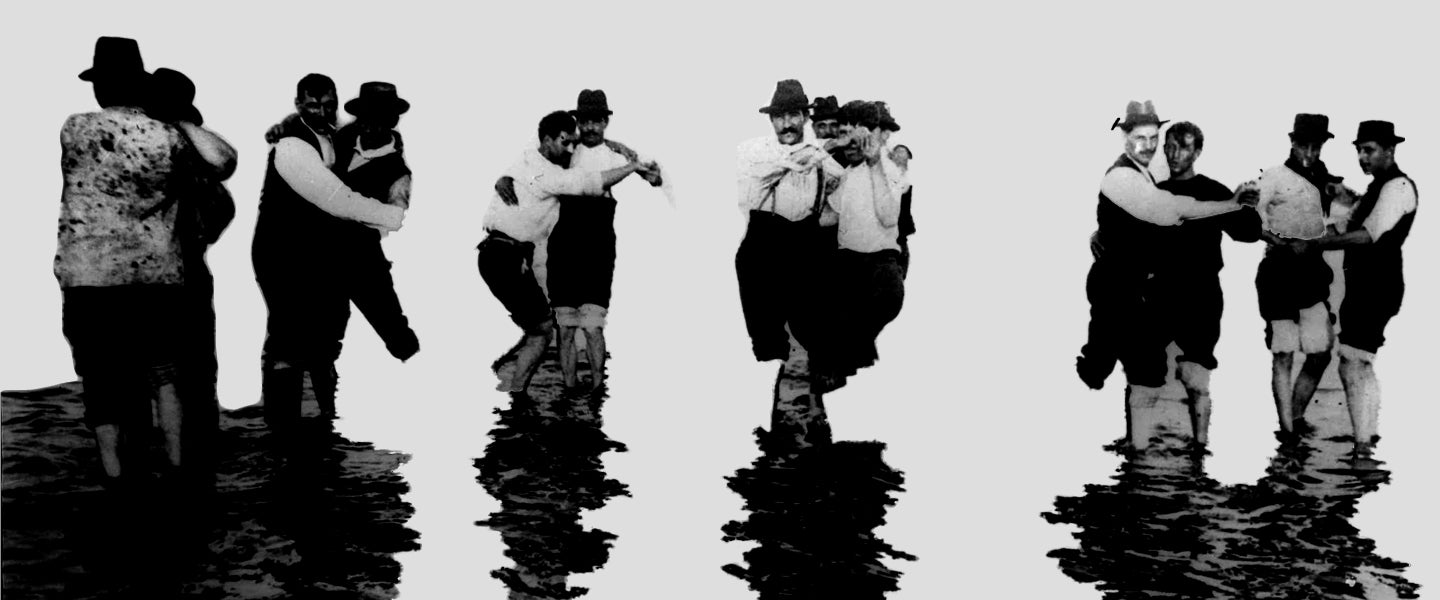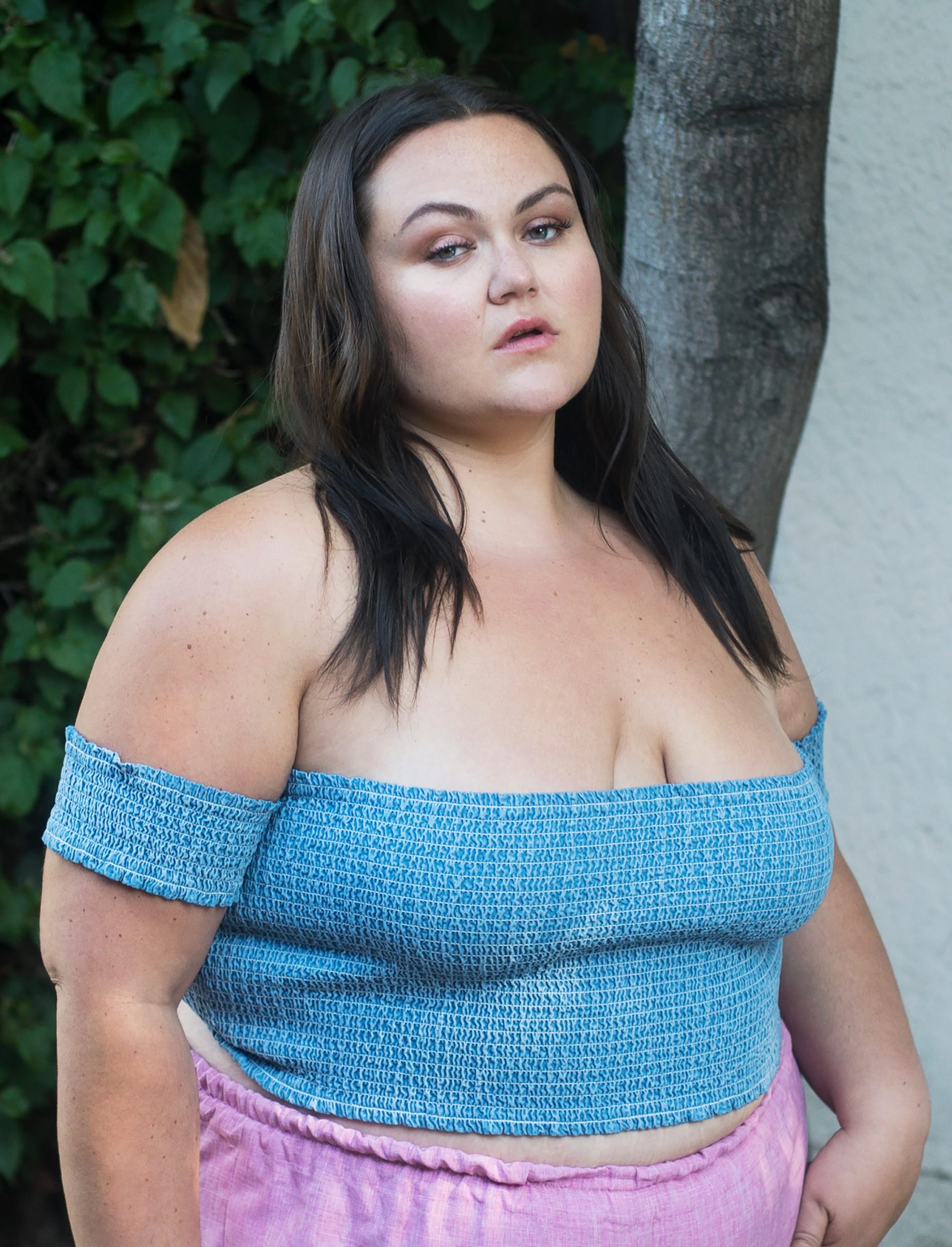Diddy wants dudes to dance more. While the mogul regularly uses Instagram to amplify things like the power of black-owned businesses and the joys of fatherhood, he also uses it to campaign for the existence of more “#DiddyDanceParties,” celebrations where men “get loose” (a la his song with Pharrell, which commands, “Let’s dance”) instead of standing stiff while merely watching women on the dance floor.
In light of Diddy’s efforts to get men to move their feet with more reckless abandon — not to mention, a number of think pieces wondering why either American men have lost their interest in moving and shaking, or why American teenagers have seemingly abandoned the art of slow dancing, I took a trip down an internet wormhole to figure why American men seemingly have such an aversion to grooving.
1) FWIW, dancing used to mean war — especially in Ancient Greece and Rome. As Encyclopedia.com explains, “The pyrrhike and many other war dances were common among the peoples in the Greek world, as well as in neighboring countries between the tenth and seventh centuries B.C.E. Dancing had a practical purpose in the warfare of early Greece when warriors often fought in single combat, and nimble feet made the difference between a warrior dodging the spear that his foe hurled at him, and being impaled by it.”
2) Among Native Americans before colonization, dance was an important part of spiritual life, with tribes practicing distinct forms of movement in their own regions for a variety of different purposes, ranging from burial rites, to healing ceremonies, to summoning rain.
Like with all else, though, such customs were first mocked and then obscured by European settlers. In particular, they questioned the traditional powwow, communal dance events centered around a drum. As such, they began using the term “powwow” to describe any meeting of natives, despite the fact actual powwows were specifically designed events that involved lots of dancing.
The colonists eventually implemented their own beat, which mostly mirrored that of the English aristocracy. Per the Encyclopedia Virginia, “By 1700, mortality rates in Virginia had declined; certain families began to amass land, wealth and slaves, allowing the emerging gentry class more leisure time. Virginians at this time were determined to build a culture modeled on that of the mother country, where dancing was very popular, and dancing began to occur with more frequency in plantation homes, taverns and in official buildings. Williamsburg, made the colonial capital in 1699, was constructed with several buildings that might accommodate balls. The College of William and Mary had a suitable hall, and the governor’s house began to host members of Virginia’s most prominent families for evenings of entertainment.”
3) Given the gender roles of the time, men and women didn’t spend all that much time together, meaning mixed-gender socials were the key way to interact with the opposite sex. Again, according to the Encyclopedia Virginia: “The purpose of dancing was recreational, but also political and social. At a ball, one might put one’s gentility, accomplishment, beauty and economic means on display in hopes of impressing — or, in some cases, intimidating — the company. In Virginia, as in England, a ball was one of the few events at which young men and women spent significant time in each other’s company, and dancing in particular provided opportunities for conversation, courtship and forging social connections. This was especially crucial if the Virginia gentry were to maintain their power, which was consolidated largely through intermarriage among leading families.”
4) Even better, it was strong evidence that you could bring the goods in the DNA department: “Good dancing was associated with good breeding, such that a man’s prowess at the minuet — an especially complicated dance, requiring excellent balance and coordination with one’s partner — could buoy his social position, whereas a poor minuet might leave him out of favor. Eighteen-year-old Lucy Lee Orr confided to a friend in 1782 that, ‘I don’t think I ever laugh’t so much in my life as I did last night at Captain Grigg’s minuet. I wish you could see him. It is really the most ludicrous thing I ever saw; and what makes it more so is, he thinks he dances a most delightful one…”
5) Maxine Leeds Craig wrote an entire book about men not dancing, Sorry I Don’t Dance: Why Men Refuse to Move. She was initially inspired to write the book while teaching college students about how notions of gender change over time. She showed a slide of Louis XIV in short stockings and discussed how ballet came out of his court, and that he was a ballet dance himself. “It’s so interesting that masculinity was once associated with grace, dance and movement,” she tells me. “This got me thinking about the puzzle of men and dance. How did we reach this point where dance and masculinity became so incompatible?”
6) According to Craig, the history of men dancing in America is a zig zag of cultural shifts and trends. “There were times when it was expected for all sorts of men to dance. There were times when it was expected that upper-class men dance more than lower class men. There were times when dancing was associated with Southern European immigrants,” she says. “The notion of what dancing means over time changes over time, and the notion of masculinity changes over time.”
She identifies the swing era as a “really important moment” when dancing was associated with youth culture more than gender or race, with dances including the “jitterbug” and “Lindy hop” rising in popularity among young Americans.
Unfortunately, though, “the McCarthy period was associated with conservatism of all kinds and was a period of increased homophobia. The constraints on how one could embody masculinity clamped down.” Plus: “Whites were marrying earlier and moving to the suburbs, and they sought entertainment at home, the home television set, instead of dancing,” she explains. “And by the time the children of the Baby Boomers were going out again, the music industry began shifting and music proliferating so that more niche music stations and types began. Each group had their own preference. This is when white men began listening to music that was less associated with dance — The Grateful Dead, Pink Floyd and other album-oriented rock. You don’t get up and dance to this music the same way you would disco.”
“There was an idea that if music was background for dancing, it wasn’t as great and as serious as music made for listening,” she continues. “As if any popular music is so serious.”
7) There was also a tremendous counterbalance to McCarthy, though, as Elvis debuted on Sun Records the same year (1954) as the Wisconsin senator started his congressional witch hunt. “Rock and roll music, if you like it, if you feel it, you can’t help but move to it. That’s what happens to me. I can’t help it,” Presley once said.
8) Fast-forwarding about 20 years, the “B-Boy” is one of the most popular archetypes for male dancers to emerge in the last half century. It sprouted from the emerging hip-hop scene in New York City during the early 1970s. B-Boys specialize in “breaking,” the term used to describe the movement by its pioneers. “An important thing to clarify is that the term ‘breakdancing’ is wrong. I read that in many magazines, but that’s a media term. The correct term is ‘breakin’,’ people who do it are B-Boys and B-Girls. The term ‘breakdancing’ has to be thrown out of the dance vocabulary,” members of the breaking crew The Electric Boogaloos have said.
9) In the 1980, a bunch of dance crazes broke out, none as popular as Michael Jackson’s “Moonwalk” (1983). There was also the “cabbage patch,” which both the Gucci Crew II (1988) and Dr. Dre and DJ Yella (1987) had songs about.
10) The 1980s also spawned the “running man,” a move adapted from an African dance. A chilled-out version of it went viral during the “running man challenge” on Vine a couple years back.
11) Speaking of Vine, social media continues to produce countless dance trends, one of which (“the mannequin challenge”) doesn’t even require any movement at all.
12) There is, however, controversy brewing in the dance world — thanks to, of all things, Fortnite. As Variety reports, “Brooklyn rapper 2 Milly, former The Fresh Prince of Bel-Air star Alfonso Ribeiro and Instagram’s “Backpack Kid” all filed suits this month against Epic Games, saying the developer copied each of their trademark dance moves, put them in Fortnite as an animation and sold them to millions of players, without permission.”
Basically, in a hyper-modern form of cultural appropriation, little kids who play Fortnite are now attributing a whole range of dance moves to the dances characters in the game do after a successful kill, instead of their actual creators.
13) “I’m not sure how many dance idols there are in the mainstream,” dancer Christopher Argodale tells me. Argodale studies dance at UCLA and has collaborated with artists all over the country. “The lack of representation of men dancing, especially together, in popular media is a problem,” he explains. “There’s few images of men dancing to express joy; it’s more so presented as a turf war weapon to ‘get a girl.”
Craig echoes this finding: “Many men associate dancing with sex — as either a prelude to sex or something you do to meet a woman. This makes the stakes of dancing bigger for them, and also gives them less incentive to dance after meeting a partner. That’s why you have men who met their wives dancing, but now have wives who are upset they never dance anymore.”
14) To be a wallflower no more, Craig advises, “The more you can think of dance as a form of play, something you do with your sisters, the more you can find the joy in dancing.” She’s positive, though, that you won’t find this inspiration in a bottle: “Drinking doesn’t make you a good dancer.”

